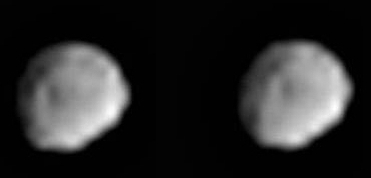Republicans refuse to cut farm and ethanol subsidies, cut international food aid instead
Some pigs win, some lose: Republicans refuse to cut farm and ethanol subsidies, but cut international food aid instead.
The cowardice of politicians from both parties to honestly face the federal deficit problem sadly continues.
Some pigs win, some lose: Republicans refuse to cut farm and ethanol subsidies, but cut international food aid instead.
The cowardice of politicians from both parties to honestly face the federal deficit problem sadly continues.

